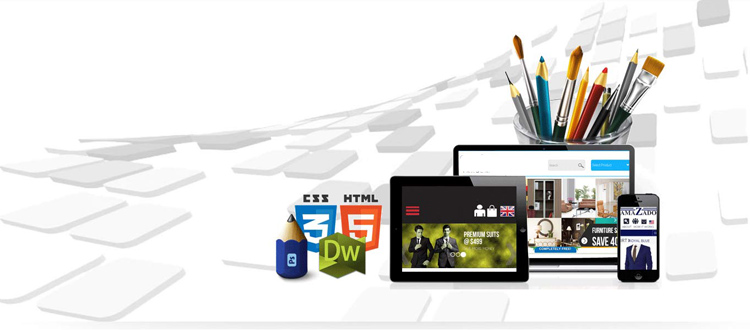There are numerous plans you can follow when it comes to building a website. However, the basic points remain the same. If you want to generate higher traffic, it is very essential to focus on a few critical factors when developing good looking and effective web design.
You should take in consideration whitespace, great images, clear calls-to-action, search functionality and other elements that can make a lot of difference. Some of these key elements are described below:
Right Use of Spacing
When it comes to an effective web design, it is very important to manage space effectively. It helps in dictating flow, readability and navigation of the page. More designers now use space in an effective manner to increase web traffic and increase user engagement.
The key is to use spacing between lines of text, expanding open space and maintaining spatial relationships. There should be a consistency in spacing and the amount of space between lines should remain the same throughout a page. The right usage of space is also essential in creating a focal point. Any image or text which is surrounded by white space will seem larger and heavier than other material on the page.
Better Navigation, Better Web Site
Another key to keep in mind about modern web design is that navigation does not have to be complicated. The best way to substantially increase the traffic of your site is to have an easier navigation menu. Around 5 to 10 navigation items should be placed on the top of a website. Other than this, important tools such as parallax scrolling and other directional arrows should be included in navigation to make your site user-friendly.
Appropriate Design and Color Combinations
For a modern web design, it is important to keep design and colour in mind. Web developers and designers now focus on the generation of the right colour palettes with the perfect hue. You should try to create bright, saturated and vibrant colour palettes for modern web design and apps. Using the right combination of colors can help make the user experience easier and more relaxing.
It can be beneficial to come up with one unique theme and follow the trend. Palettes should include red, orange, green, yellow, blue and purple colours. For professional websites, it is recommended to keep the focus of your colour palettes on tints of one colour. When it comes to design, flat patterns are the most preferred choices.
Large Typography
The use of unique and distinctive typography for content present on your website can also help in creating a differentiation factor. Many companies now use varied font or typography to make the experience easy and effortless for their users.
The right use of typography can also help the readers to easily navigate to different parts of a page. Other than this, it can also convey subtle details about your brand. It is therefore, important to keep a typography that synchronizes with your brand’s message.


